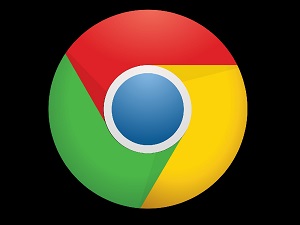 Google recently found itself in hot water with corporate IT administrators for rolling out a feature designed to help prolong battery life. The new feature accomplished its mission, but it had an unintended consequence that left Enterprise IT personnel furious.
Google recently found itself in hot water with corporate IT administrators for rolling out a feature designed to help prolong battery life. The new feature accomplished its mission, but it had an unintended consequence that left Enterprise IT personnel furious.
The feature is called "WebContent Occlusion," and the idea is simple.
If a user has multiple browser tabs open, only the content of the tab currently being viewed will be displayed. All other tabs will be "whited out" until a user clicks on a different tab, at which point, the old tab will be "whited out" and the content of the new tab will be rendered. Data that's not being actively viewed simply doesn't get rendered, which extends battery life.
Unfortunately, in some Enterprise environments, it caused things to go haywire. In particular, it proved to be a problem in organizations running terminal server environments like Windows Terminal Server or Citrix. In those cases, if any user locked his or her workstation to step away from the computer, the update caused the displays of all other users currently logged in to also have their screens whited out until the user returned to unlock his or her workstation.
Of course, in any large organization with scores, or even hundreds of people making use of such a system, someone was always locking their computer to get up from their desk, which essentially ground the entire system to a halt.
Most IT managers run pretty tight ships and don't allow updates or new applications onto the network without thorough testing. They were categorically furious that Google was able to introduce this change without informing anyone, and that it slipped past their change control and monitoring systems, catching them by surprise.
Google has since backed the change out, so the issue should now be resolved for all users. Even so, it's fair to say that the incident gave Google a black eye where system admins are concerned.












